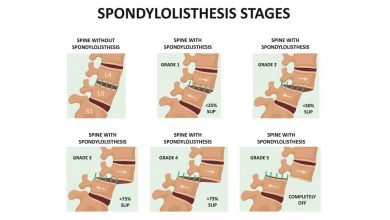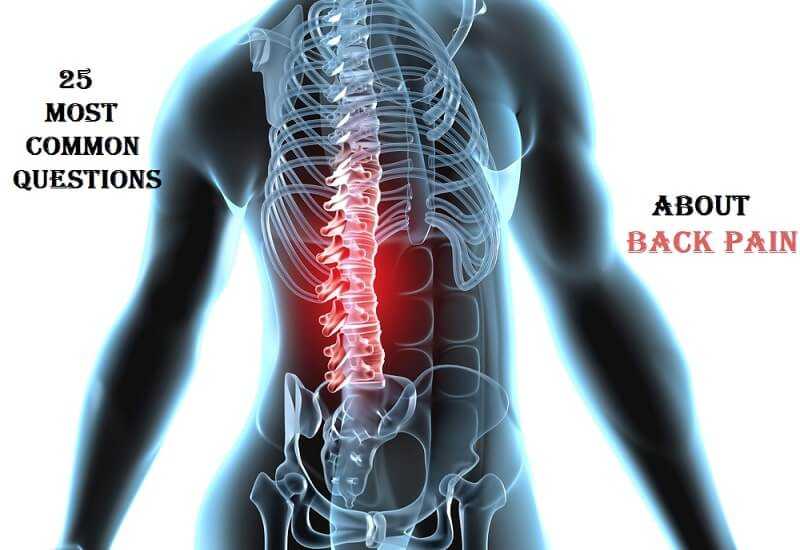Lumbar spondylolisthesis

Lumbar spondylolisthesis alters the alignment of your spine. In a normal spine, the bones of your spine stack on top of one another neatly. Lumbar spondylolisthesis is a spinal condition where one bone slips forward on top of the bottom one. When it slips, tissues and nerves nearby can become irritated causing pain.
Lumbar Spondylolisthesis vs. Cervical Spondylolisthesis
There is a difference between lumbar and cervical spondylolisthesis. The difference is the location of which the condition is present. When this condition affects the lumbar section of your spine, it is targeting your lower spine. When it affects the cervical section, it is targeting the upper section of your spine.
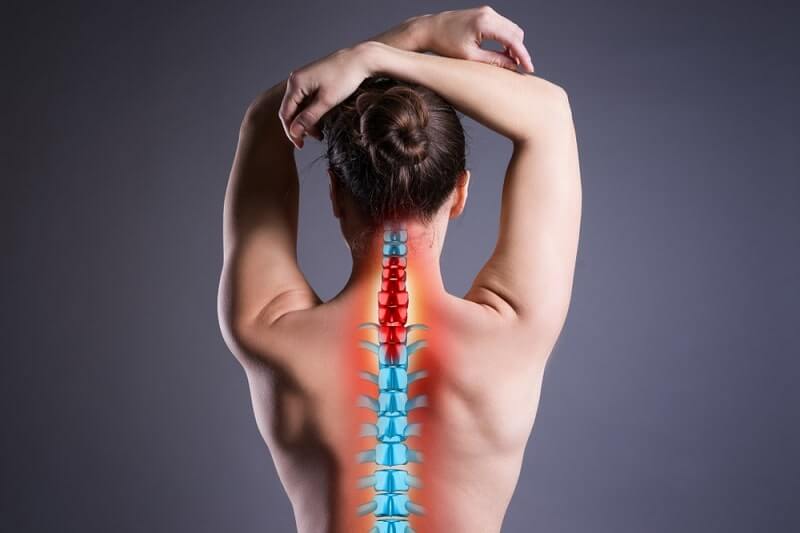
Lumbar spondylolisthesis is the most common form of this spinal health issue. If you are diagnosed with spondylolisthesis, it is more likely to be lumbar than cervical. Cervical spondylolisthesis is actually quite rare. It is generally the result of a neck injury or arthritis. It can also be congenital.
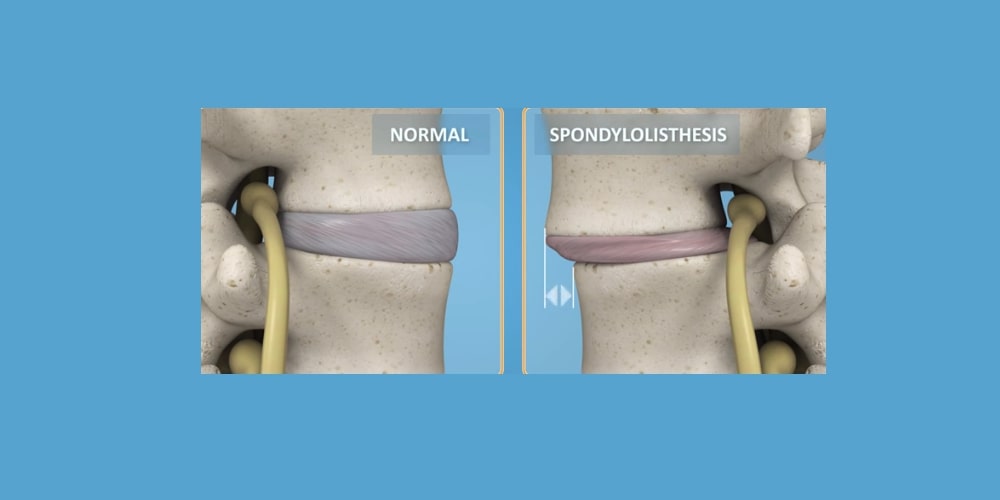
Diagnosing Lumbar Spondylolisthesis
Diagnosing lumbar spondylolisthesis is a simple process. There is a specific order of testing that your doctor will likely follow. Some people will only need the minimum amount of tests to diagnose lumbar spondylolisthesis, while others may need more advanced testing.

Basic Steps
- Complete Medical History – You will be asked questions about your symptoms, as well as how the symptoms are affecting your daily life. Be prepared to give a complete detailed list of what positions or activities make your symptoms worse.
- Physical Exam – Your doctor should examine you by checking your posture and the amount of movement you have in your lower back. Muscle strength, reflexes, and skin sensations are also a part of the physical exam.
- X-Ray – An X-ray will be taken of your spine in different positions. X-rays can tell your doctor which vertebra is slipping and the degree it has slipped.
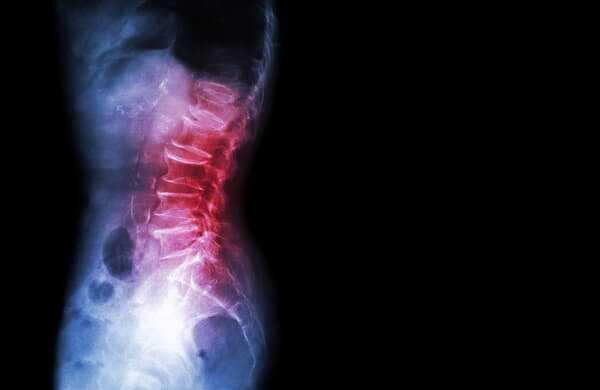
Sometimes more in depth information is required. If this is the case, the following tests could be ordered:
- Computed Tomography (CT scan) – A CT scan is a more detailed X-ray that allows your doctor to see sections of your body’s tissue.
- Myelography – If you are experiencing nerve problems, a myelography will be combined with the CT scan. A myelography consists of injecting a special dye into the space around the spinal canal. The dye will highlight the spinal nerves.
- Magnetic Resonance Imaging (MRI) – This is a machine that uses magnetic waves instead of X-rays to view your body’s soft tissues and nerves.
Treating Lumbar Spondylolisthesis
While surgery is an option, it is generally the last resort. The majority of cases will only require non-surgical treatment, including: rest, medication, and bracing. After a few days of this treatment, you will begin a non-surgical rehabilitation program.
This rehabilitation program will consist of physical therapy where you will visit a physical therapist a few times a week for four to six weeks. The goal for this program is to control your symptoms while you heal. Your physical therapist will work with you to determine the best positions and movements that minimize your pain.
Heat, cold, ultrasound, or electrical stimulation can be given to help ease pain and reduce muscle spasms. You will be taught the necessary exercises to help strengthen your abdominal and lower back muscles. Properly stretching tight muscles is an important step in rehabilitation. Although non-surgical treatment and rehabilitation is a better option than surgery, prevention is the best treatment for lumbar spondylolisthesis.

